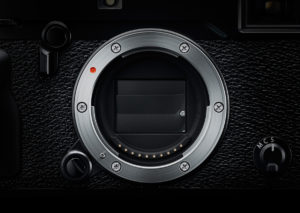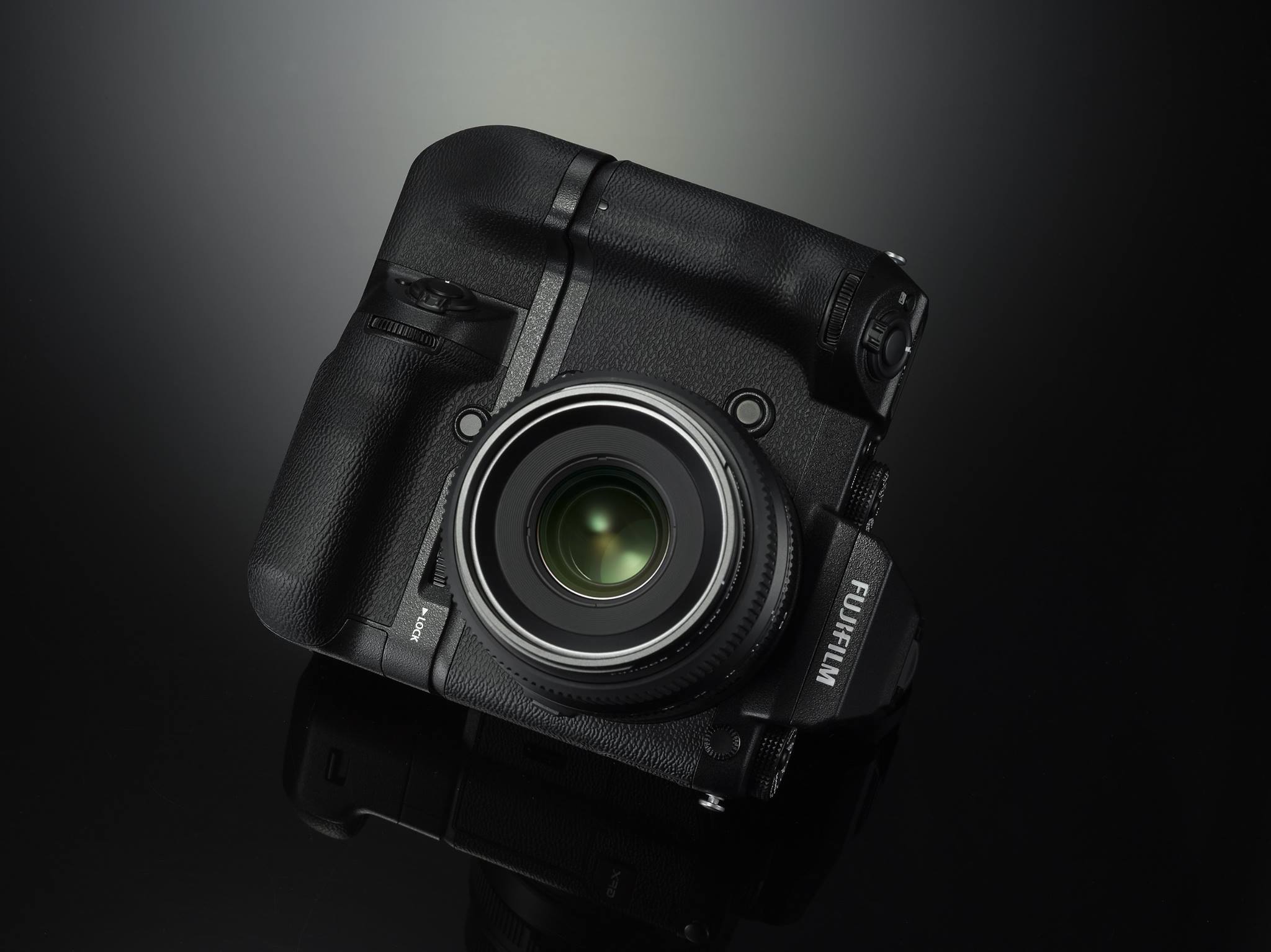Fujifilm’s big announcement this past week was no doubt a game changer; the medium format GFX system, launched with the new GFX50s is aimed at bringing medium format to a wider audience, while remaining small and easy to handle. We had been hearing a lot about it through rumors heading into Photokina, but the big question on everyone’s mind was if Fujifilm would go with a traditional 35mm/DSLR style focal plane shutter or the more traditional medium format leaf shutter method.
I have been hearing a lot from various communities about how it was a terrible decision to go with a focal plane shutter instead of a leaf shutter, but I honestly feel differently, and today I wanted to talk about the pros and cons of both options, and elaborate on why I feel like Fujifilm made the right choice.
The Leaf Shutter
 Since this is what ‘everyone’ was wanting, let’s start here. Why is everyone so interested and dead set on a leaf shutter? Partly because that is just how medium format systems have been doing things for a long time, but mostly because it would mean that the GFX 50s could sync with lights at very high shutter speeds – like in the 1/1600 to 1/2000 range. This is obviously a really killer feature to have for photographers who utilize a lot of lighting, as traditional medium format shooters are.
Since this is what ‘everyone’ was wanting, let’s start here. Why is everyone so interested and dead set on a leaf shutter? Partly because that is just how medium format systems have been doing things for a long time, but mostly because it would mean that the GFX 50s could sync with lights at very high shutter speeds – like in the 1/1600 to 1/2000 range. This is obviously a really killer feature to have for photographers who utilize a lot of lighting, as traditional medium format shooters are.
But as far as negatives, and there are a few, the leaf shutter presents some challenges when you consider Fujifilm’s goals for the system. First, they are not cheap, and since they have to be put into each lens, that makes the entire system as a whole a lot more expensive. Second, they are much slower, in terms of their max speed, when compared to a focal plane shutter.
The Focal Plane Shutter
 The traditional, and most popular, form of shutter is the focal plane shutter. This is the type that most of you are used to in your 35mm and APS-C cameras. These shutters are incredibly fast, with speeds usually in the 1/4000 to 1/8000 being the norm, allowing for crisp and sharp images with even the fastest of subjects.
The traditional, and most popular, form of shutter is the focal plane shutter. This is the type that most of you are used to in your 35mm and APS-C cameras. These shutters are incredibly fast, with speeds usually in the 1/4000 to 1/8000 being the norm, allowing for crisp and sharp images with even the fastest of subjects.
The downside, and it’s the one that many of you deal with regularly, is that a focal plane shutter is much more limited in regards to its flash sync speeds, with 1/125, 1/200, 1/250 being common limits these days.
Why I Feel Like Fujifilm Got it RIGHT
The question of whether or not Fujifilm got the GFX 50s shutter right is a hot topic right now, but to find the answer I feel like most people are looking in the wrong place. Looking back at Fujifilm’s goals for this system – Ultimate image quality that is both compact and affordable (by medium format standards), opening up a new option for those who want or need more than 35mm can offer, but whom can’t or don’t want to financial burden that traditional medium format systems come with.
It is true, traditional medium format users who are used to shooting with a ton of lights and those leaf shutters will not be used to the limitations of a focal plane shutter, it’s different, it’s not how those ‘other companies’ do things – but here is the catch, Fujifilm isn’t really targeting current medium format shooters. That is a small and limited market, the point of this system is to appeal to higher end FF 35mm DSLR shooters more than photographers already rocking medium format kits.
So their choice to stick with a focal plane shutter benefits them in two ways here. First, these photographers are already used to a focal plane shutter ecosystem, they know how they work and how to get the results they need utilizing one. Second, as noted above, the additional cost to the system as a whole to implement a leaf shutter would likely take the system out of the means of Fuji’s target customer/market.
In addition to the above, how much of a real limitation is the focal plane shutter anymore anyway? Flash systems, especially ones being used by anyone buying a GFX 50s all come with high-speed sync or hyper sync type technologies that allow for focal plane based cameras to still sync at higher speeds (though admittedly still not quite as high as a leaf shutter system as far ass I am aware) – and you still have the benefit of having the faster speed capability of 1/4000th.
Also, natural light shooters (which are much more prevalent in the 35mm arena than the current medium format market) would see little to no benefit from a leaf shutter over the focal plane one that Fujifilm ended up putting in the GFX 50s.

Now I fully admit that none of these reasons above are good enough that they will convince anyone who was dead set on a leaf shutter based system – but they are legitimate reasons, and it you look objectively at Fujifilm’s goals, I think you will see and agree that the focal plane just made more sense here.
I also have to add, if you currently own an APS-C/FF camera (and I certainly hope you do if you are worried about what shutter the GFX 50s has), and you are able to use it to create beautiful imagery that you are proud of – NEWSFLASH — the shutter in the GFX 50s is not going to be limiting you at all, you will be capable of just as much with that as you are with whatever you have now (in terms of potential shutter speed issues).
Remember people, it’s the photographer that makes the picture, not the camera. As fun as it is to debate tech specs, the reality is that if you are capable of taking a good picture now, you will still be able to do so with the upcoming Fujifilm GFX 50s.



















